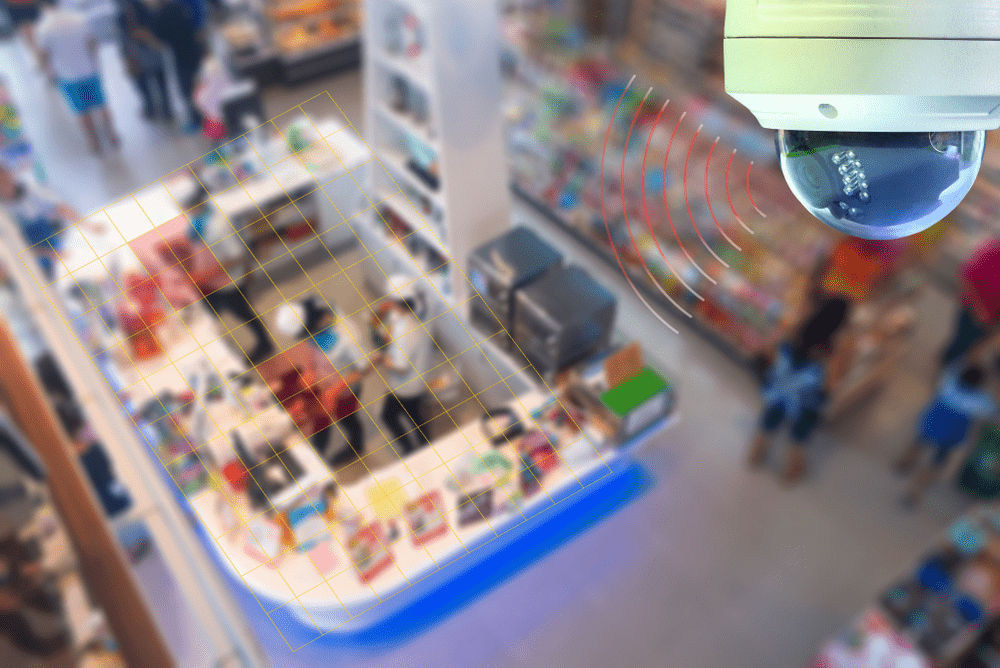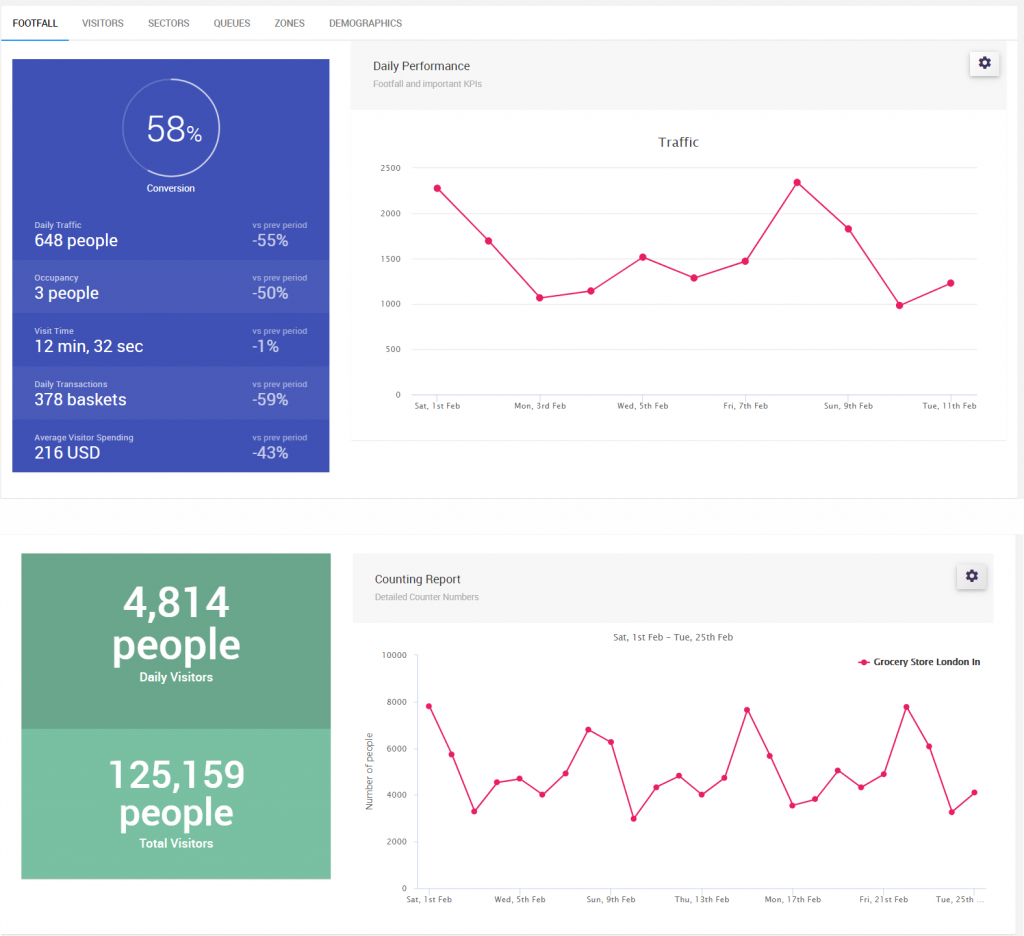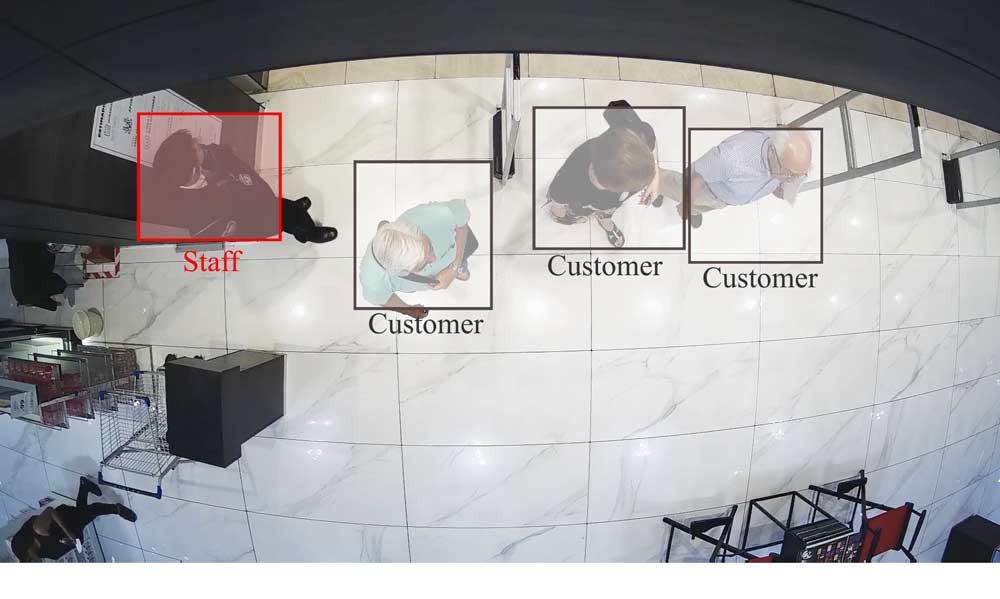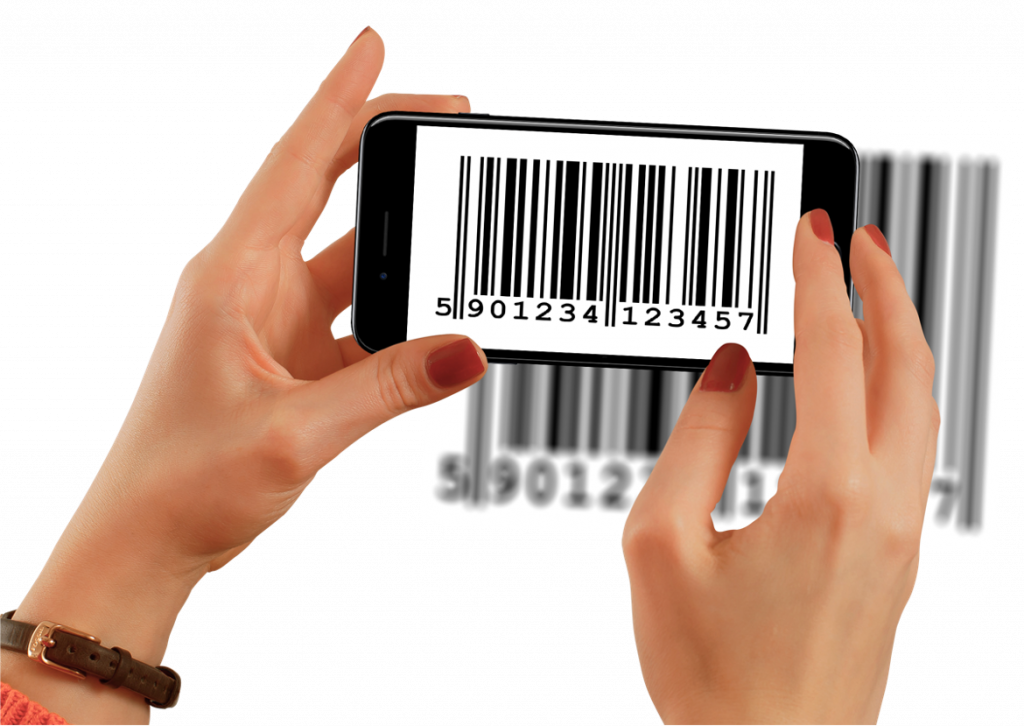
One of the key metrics of any retail business is the number of people who enter the store in a day. Before more advanced people counting technology was developed, the only way business owners had to count the people going in and out was to have an employee monitor the entrance. There are a few problems with this, however: manual counting ties up an employee’s time and energy, and people are prone to error. A store with multiple entrances may also need multiple employees to track occupancy, compounding the problem.
In the 21st century, we have much more advanced methods of tracking a store’s occupancy. This post aims to answer some questions about how these technologies work and why businesses should be using them.

Why Should You Count People In A Store?
Practically every decision a retailer can make depends on the number of customers they attract in a day. An accurate people counter can tell an owner how well their advertising campaign is working, help them make scheduling decisions, and can help keep stores compliant with coronavirus occupancy restrictions. Even before the current situation began, many shops and restaurants needed to carefully count the people entering and leaving on busy days in order to comply with occupancy restrictions.
In short, the number of people in a store at any given moment is one of the most valuable pieces of information the owner can have.
How Do People Counting Systems Work?
Modern people counting systems use advanced technology to provide owners a more detailed picture of what’s happening in their store. Many systems use specialized hardware such as infrared sensors or Wi-Fi detectors. Since these require a large initial investment, however, implementing them can be difficult for the owner of a small business. To make things even trickier, these systems often require more than one kind of sensor in order to get an accurate count. Wi-Fi counters can’t detect people who don’t have smartphones, for instance, and thermal scans have the risk of counting any warm object as a person.

The Most Accurate People Counting System
The other modern way to count people is by using software and artificial intelligence. The Link Retail software platform, for instance, allows facilities to use the CCTV systems they already have installed. It can tell the difference between adults and children, as well as between shoppers and employees. By using these algorithms, Link Retail can also account for differences in lighting and errors caused by shadows. Unlike other methods of counting people, this can also count items such as baby carriers and shopping carts, and track the amount of time a person spends inside.
Why Measure Traffic In Stores?
Decades ago, simply knowing how many people were in a building was enough. In order for a business to remain competitive in the 21st century, owners need far more than that. Having the data is not enough; they need to be able to interpret it in a way that helps to develop their business.
Knowing where customers are in a store can help a manager plan how many employees to place on the registers, or track conversion rates for different shelving layouts. Perhaps even more importantly, having these analytics easily accessible means that business owners can actually use them in real-time and see results. Modern systems also create less opportunity for human error, so employees can focus on the tasks they are best at.
- Increase traffic
- Increase sales
- Increase conversion rate
- Predict critical KPI´s
- Financial forecasting
- Promotion forecasting
It has never been more important for retailers to count the people in their business. Using advanced people counter technology puts them on a more even footing with e-commerce, no matter what else the future holds for them.
Owning a brick-and-mortar business in the 21st century means that you’re competing not only with that shop that just opened across the street but with the entire Internet. This is why it’s so important to keep careful track of visitors to your store. Without these numbers, you have no idea of your footfall volume or your conversion rates, and without this information, you can’t track any of your KPIs.
What Does Footfall Mean in Retail?
Footfall is the number of people who visit a store during a given time period. It can be recorded every hour, or a daily count of visitors can be taken and averaged by 5 or 7 to get an average daily number. You may also need to look at footfalls over multiple different time periods; for instance, you may need a weekly average to make large-scale plans and an hourly count to comply with COVID-19 restrictions.
On its own, though, footfall is not the only metric a business owner needs to pay attention to. Conversion is an even more important part of the puzzle.
What Does Conversion Mean in Retail?
The simplest definition of “conversion” in a brick-and-mortar retail context is the percentage of customers who actually buy something after they enter the store. If your shop has 50 visitors in an hour, and five of them end up making a purchase, your conversion rate is 10%. If only one of them buys something, your conversion rate drops to 2%.
This can also work on a smaller scale. If you place an item for sale near the checkout stands hoping that people will buy it, your conversion rate is the total percentage of paying customers who include that item in their order. In both of these cases, the conversion is a way to measure how effective you are at turning visitors into customers.
Conversion is a more useful metric for companies that sell smaller items that are easier for customers to buy impulsively. If you’re a car dealer, then most of the people who enter your premises are at some point in the process of picking out a car. If you run a grocery store, your visitors will be more likely to just be there to browse, or to use the bathroom, or to wait for it to stop raining outside.

What Is the Most Important KPI in Retail?
There are a lot of key performance indicators in retail. If you’re only tracking gross profit, total sales volume, or total footfall, you don’t have the entire picture of what’s going on in your store. So while it’s important to keep track of all your KPIs, which one needs the most of your attention?
This can be a difficult question for any business owner to answer, and there isn’t a single correct answer to this question. Every business has its own needs and a unique set of problems to deal with. There is one thing that holds true for every single business, however: you can’t sell items at your brick-and-mortar store if people don’t enter the store in the first place.
This is why counting the people who enter your store is so important. Since more businesses than ever are diversifying to include e-commerce, it is critical for owners of physical stores to keep careful track of footfall and conversion rates. E-business has this tracking automatically; physical stores need other ways to keep up.
In the end, the most important KPI in retail is whatever is most useful for the needs of your specific business. Measuring conversion and footfalls is the first step toward tracking any of these indicators, no matter what your priorities are.
Tags
Keywords
Tags
Resources
© 2020-2024 Link Retail. All rights reserved.





